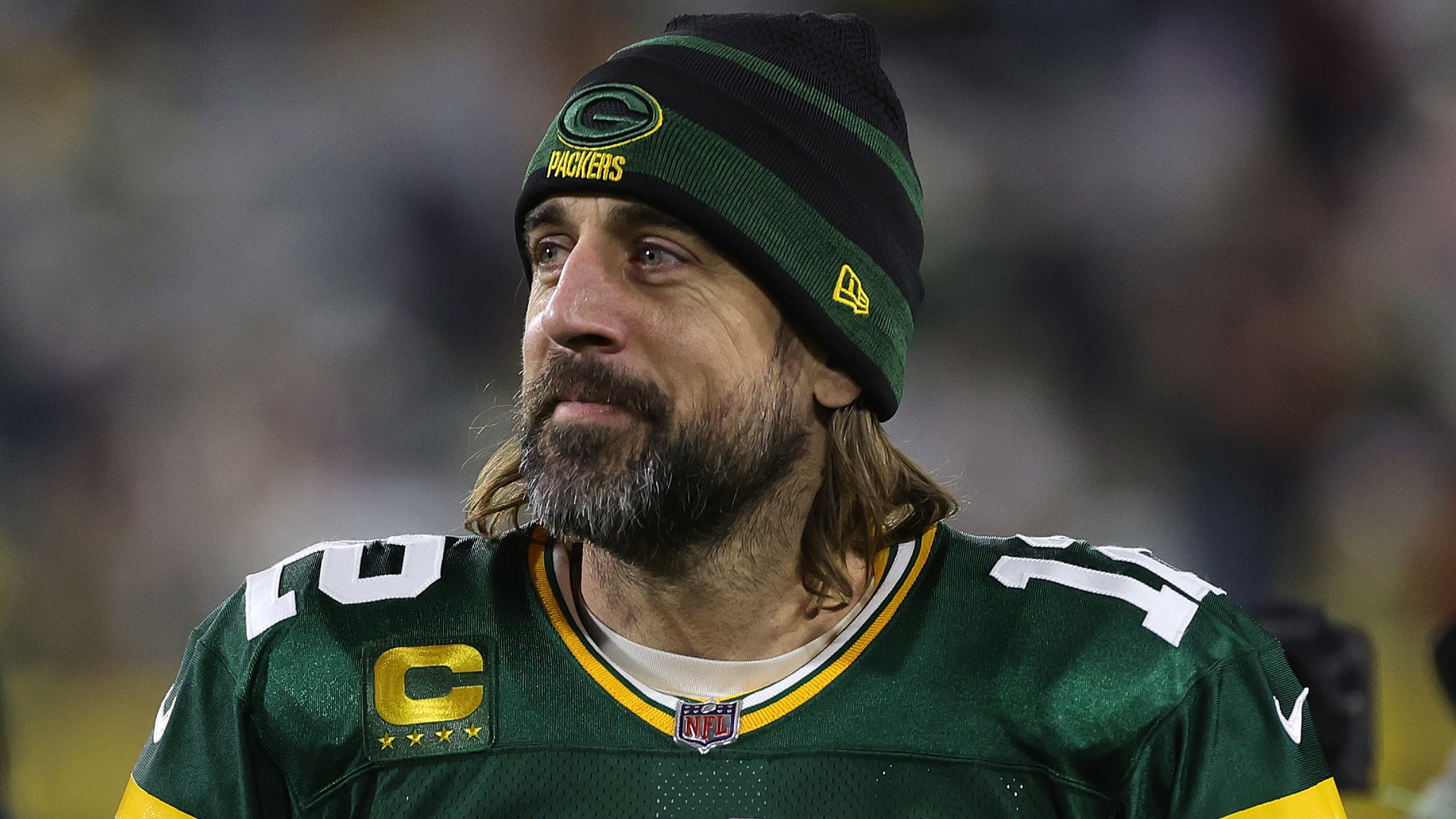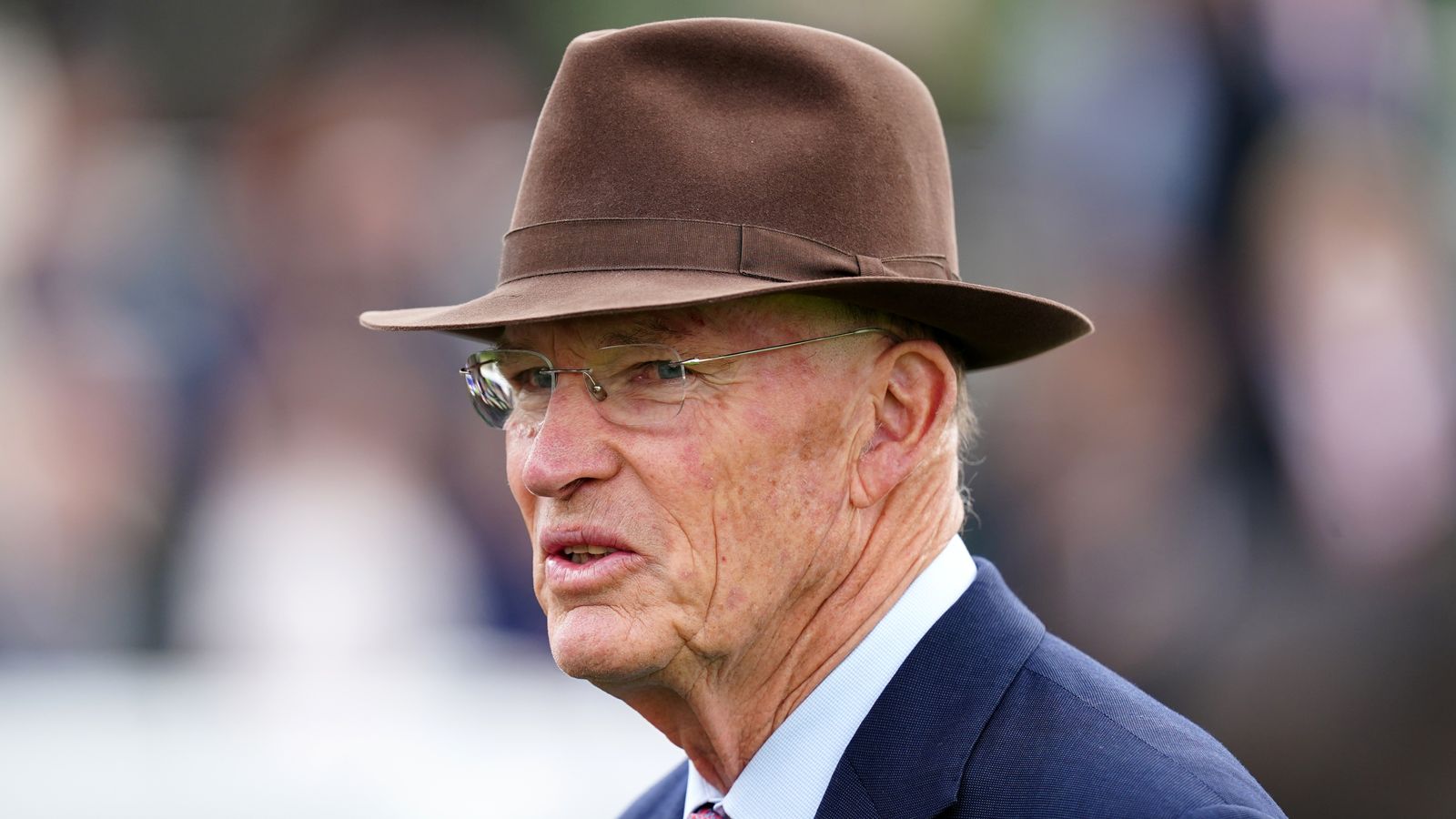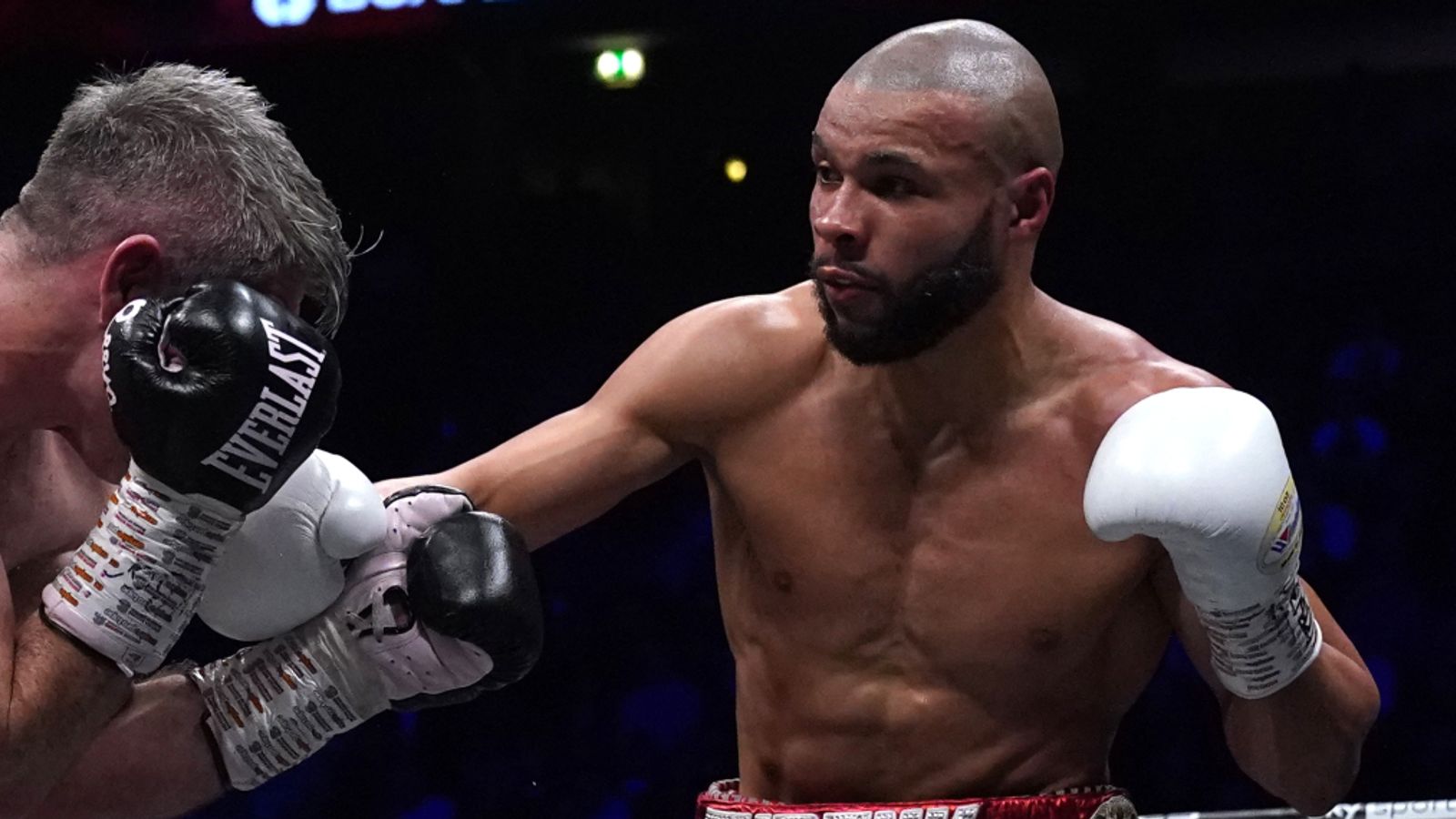Packers salary cap: Why Green Bay is ‘going to look different’ in 2022 with or without Aaron Rodgers
The Packers were favored to represent the NFC in the Super Bowl after finishing the season with a 14-3 record and earning the conference’s No. 1 seed. However, they failed to win their lone playoff game, losing 13-10 to the 49ers in the divisional round of the 2022 NFL playoffs.
Now, Green Bay is facing a reckoning, as Aaron Rodgers referenced during his postgame news conference.
“I think this thing is definitely going to look different moving forward,” Rodgers said, per NFL.com. “Green Bay has a lot of decisions, a lot of guys with opportunities. So it will be interesting to see what things look like moving forward.”
Rodgers’ future is chief among those decisions. He still has one year left on his contract in 2022, but he wouldn’t guarantee that he would be back in Green Bay.
“I don’t know,” Rodgers said when asked about a potential return to the Packers. “That’s a fair question. Definitely one I’ve thought about.”
But one thing Rodgers knows is that he doesn’t want to return to Green Bay if the Packers are entering a rebuild.
“I don’t want to be part of a rebuild if I’m going to keep playing,” Rodgers said. “So a lot of decisions in the next couple of months.”
Why might the Packers face a rebuild? Here’s why the Packers may have to face some difficult roster decisions during the 2022 offseason that could impact their status as an NFC contender.
MORE: Aaron Rodgers “numb” after Packers playoff loss vs. 49ers
Packers salary cap 2022
The Packers are facing a salary-cap crunch in 2022 and are going to have to move on from several key players as a result of it. Currently, they are about $40.1 million over the salary cap, per OverTheCap.com, and that’s before re-signing any of their key free agents or draft picks.
As a result, the Packers are going to have to find ways to create salary-cap space. That will involve making some significant changes to their team, which is why the team will look very different, whether they bring Rodgers back to Green Bay or seek to trade him.
MORE: Why Aaron Rodgers’ contract complicates his future in Green Bay
How the Packers can create salary cap space
Below is a run-down of the methods that the Packers can use to create salary-cap space.
Restructuring or extending player contracts to lower their current cap hits
Often, when NFL teams find themselves in cap trouble, they restructure the contracts of some of their key players to lower their present-day cap hits. This process usually involves signing a player to an extension with a large signing bonus, as NFL teams prorate the signing bonus equally over the remainder of the deal.
So, while the player might be getting more money now, the cap charge isn’t going up. It’s just deferred into equal chunks over future seasons for the duration of the deal.
This is also part of the reason that void years have become a popular contract mechanism. A “void year” is essentially part of a contract that extends cap charges into future years but does not bind the player to a team in that season.
For example, Rodgers has a void year on his contract for 2023. That means that his contract will void before the league year and he will no longer be on the Packers. However, Green Bay will be left with a $7.7 million dead cap hit because his signing bonus, which was renegotiated before the 2021 season, is prorated to that season.
This practice is well-liked by players, as it allows them to enter free agency earlier while getting paid more up front, while teams like it because it frees up more cap space. And while it hurts teams down the road, front offices often view it as worth it because the teams using void years are typically Super Bowl contenders.
Trade or cut players
This is the simpler alternative for the Packers. They will almost certainly have to move on from at least some players with high cap hits to clear $40 million off the books. They will look to do that first via trade, as they can probably offload some of their talented players for draft capital, but those that they can’t will need to be released as cap casualties.
With any transaction they make, the Packers will, potentially, have to eat dead cap space, which is cap space denoted to a player no longer on the team. This often stems from guaranteed salary already paid to a player that has been released or traded.
PACKERS: Front office, coaches “on the same page” about Aaron Rodgers
Packers restructure, cut and trade candidates
The Packers have a handful of players that they will need to consider either parting with or restructuring to get under the cap threshold. The most notable candidates to be moved or restructured are as follows.
QB Aaron Rodgers
Cap savings if traded or cut: $19.8 million
Rodgers remains the obvious candidate to be traded, as moving on from him would get the Packers halfway to their goal of shedding $40 million. Rodgers held out from the Packers last season and demanded a trade, but he agreed to return to the team after a contract restructure.
The Packers may want to keep him, but as Rodgers has said, he doesn’t want to be part of a rebuild. If the two sides see no path toward contention, parting with Rodgers would be a good start to clearing some space. Plus, it would give them a chance to see if 2020 first-round pick Jordan Love can become a long-term starter.
WR Randall Cobb
Cap savings if traded or cut: $6.9 million
The Packers traded for Cobb last offseason to bring the 31-year-old receiver back where he began his career. Rodgers wanted to play with Cobb as well, and that was the major reason for the move.
Cobb caught 28 passes for 375 yards and five touchdowns during the season in 12 games. He’s merely a part-time player now and given that the Packers can save nearly $7 million by moving on from him, he will probably be released this offseason, especially if Rodgers is gone. The only complicating factor for Green Bay is the fact that most of their receivers are set to be free agents, so they might look to restructure Cobb because of that.

OLB Za’Darius Smith
Cap savings if traded or cut: $15.3 million
Smith was a Pro Bowl in 2019 and 2020, but he suffered a back injury that kept him out of all but two games in 2021. He had a sack in the playoffs against the 49ers, but the Packers may not be able to keep the 29-year-old because of how much they could save by parting with him.
Smith is entering the final year of the four-year, $66 million contract he signed with the Packers in 2019. Parting with him would save the Packers more than $15 million and would carry a dead-cap hit of just $12.4 million. The Packers will probably look to get something of value for Smith, or perhaps they could get him to agree to a team-friendly extension after a rough year. Either way, the Packers have a big decision to make about him.
OLB Preston Smith
Cap savings if traded or cut: $12.5 million
Like his counterpart, Smith has been a solid sack artist in Green Bay. He has racked up 25 sacks for the team over three years including nine in 2021. However, the Packers can save $12.5 million with a dead-cap hit of just $7.5 million if they move on from him.
The Packers probably won’t want to move on from both of the Smiths, but they may be forced to move on from at least one while restructuring the other. The presence of Rashan Gary will make that an easier pill to swallow.
MORE: What went wrong for Packers in playoff loss vs. 49ers?
Packers free agents 2022
The Packers don’t just have to worry about shedding $40 million to get under the salary cap. They also have to consider what their plans are in free agency. They have many players set to hit the open market, some of who they will want to retain.
Namely, Davante Adams will be available and he will likely command a deal similar to the one that pays DeAndre Hopkins an average salary of $27.5 million. Bare minimum, he will be looking for $20 million a year.
There are several other starters and key role players that the Packers have to consider among their free-agent class, as you can see below.
| Player | Position |
| Davante Adams | WR |
| Kevin King | CB |
| Robert Tonyan | TE |
| Chandon Sullivan | CB |
| De’Vondre Campbell | LB |
| Lucas Patrick | OL |
| Dennis Kelly | OT |
| Tyler Lancaster | DL |
| Corey Bojorquez | P |
| Rasul Douglas | CB |
| Oren Burks | LB |
| Equanimeous St. Brown | WR |
| Jack Heflin | DT |
| Marquez Valdes-Scantling | WR |
| Allen Lazard* | WR |
| Yosh Nijman* | OT |
* Denotes restricted free agent
The Packers also have several exclusive rights free agents, who have to re-sign in Green Bay if the Packers want them to return. This includes starting linebacker Krys Barnes and tight end/H-back Dominique Dafney.
Suffice to say, the Packers have a lot of decisions that they’ll need to make. They will be active during the 2022 NFL offseason, much like the Saints were in 2021 while addressing their cap nightmare after Drew Brees’ retirement.




